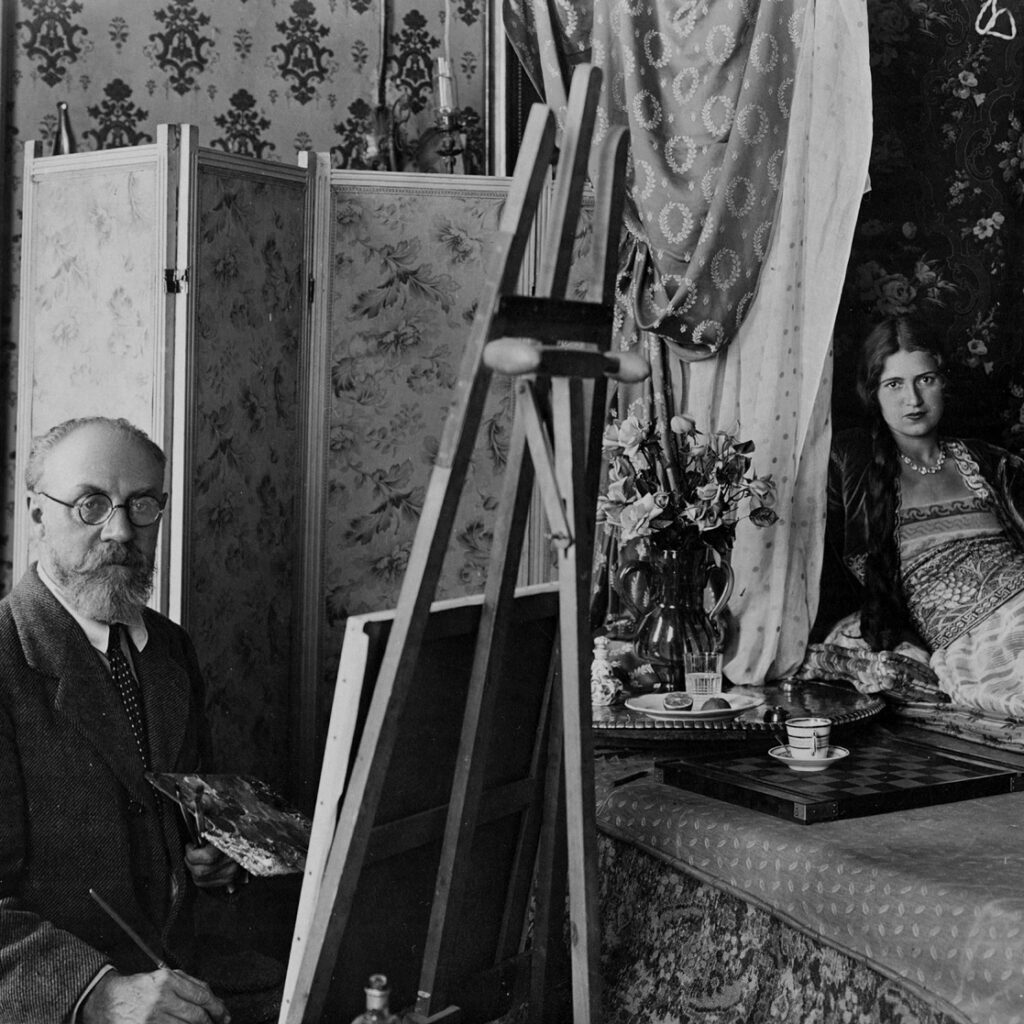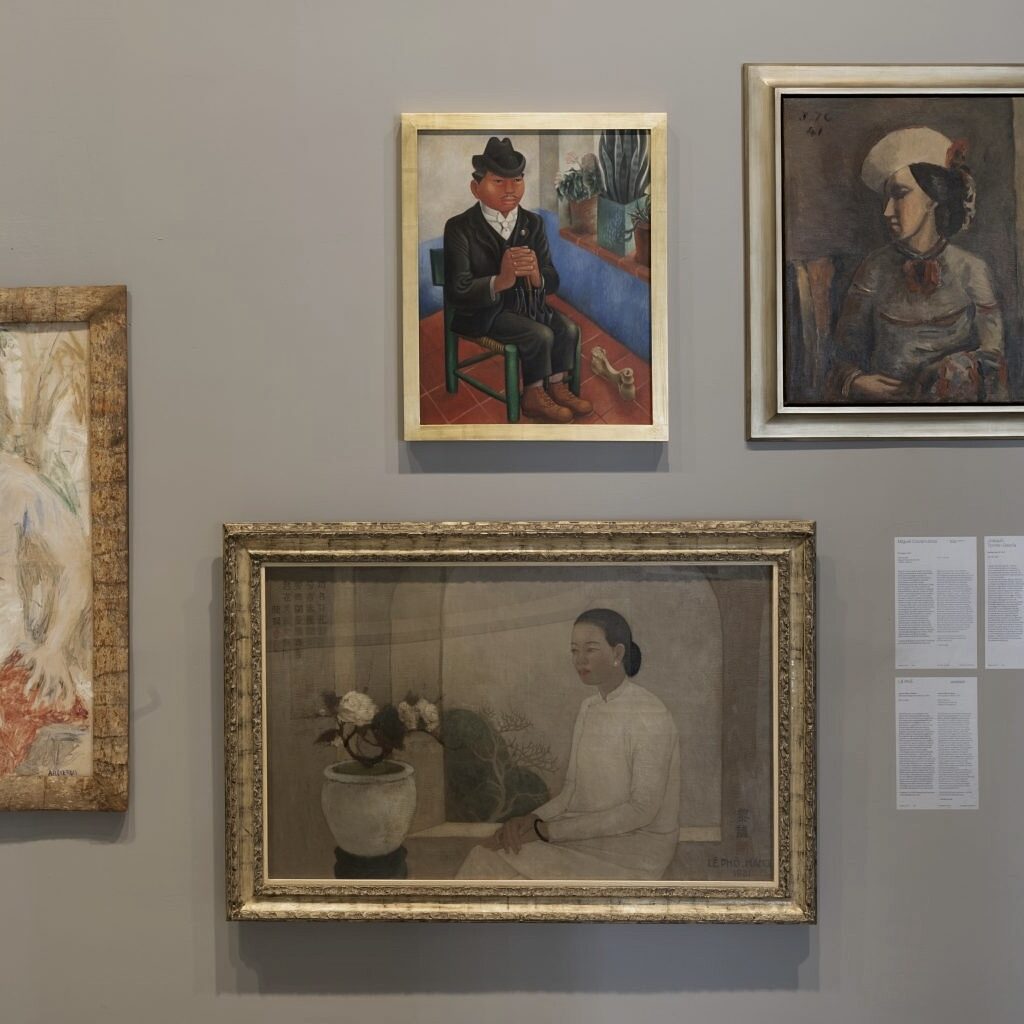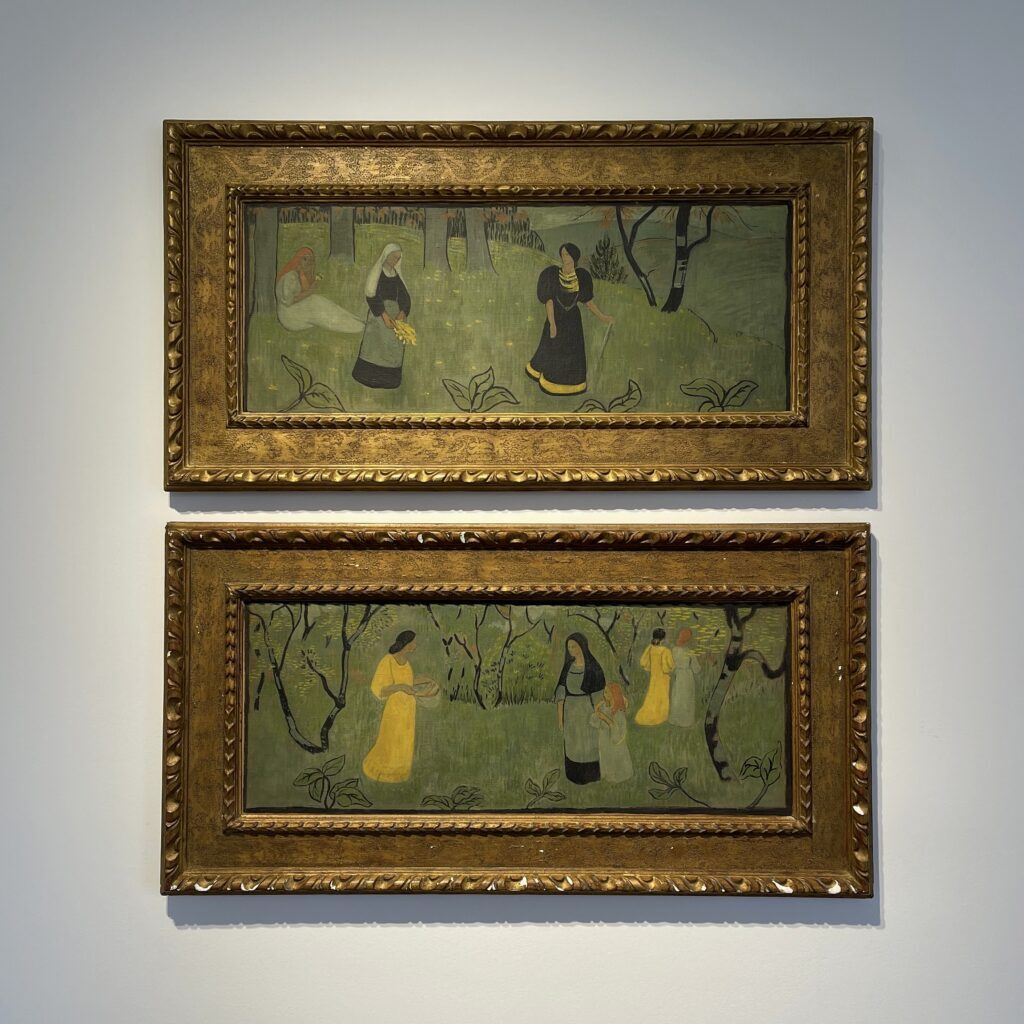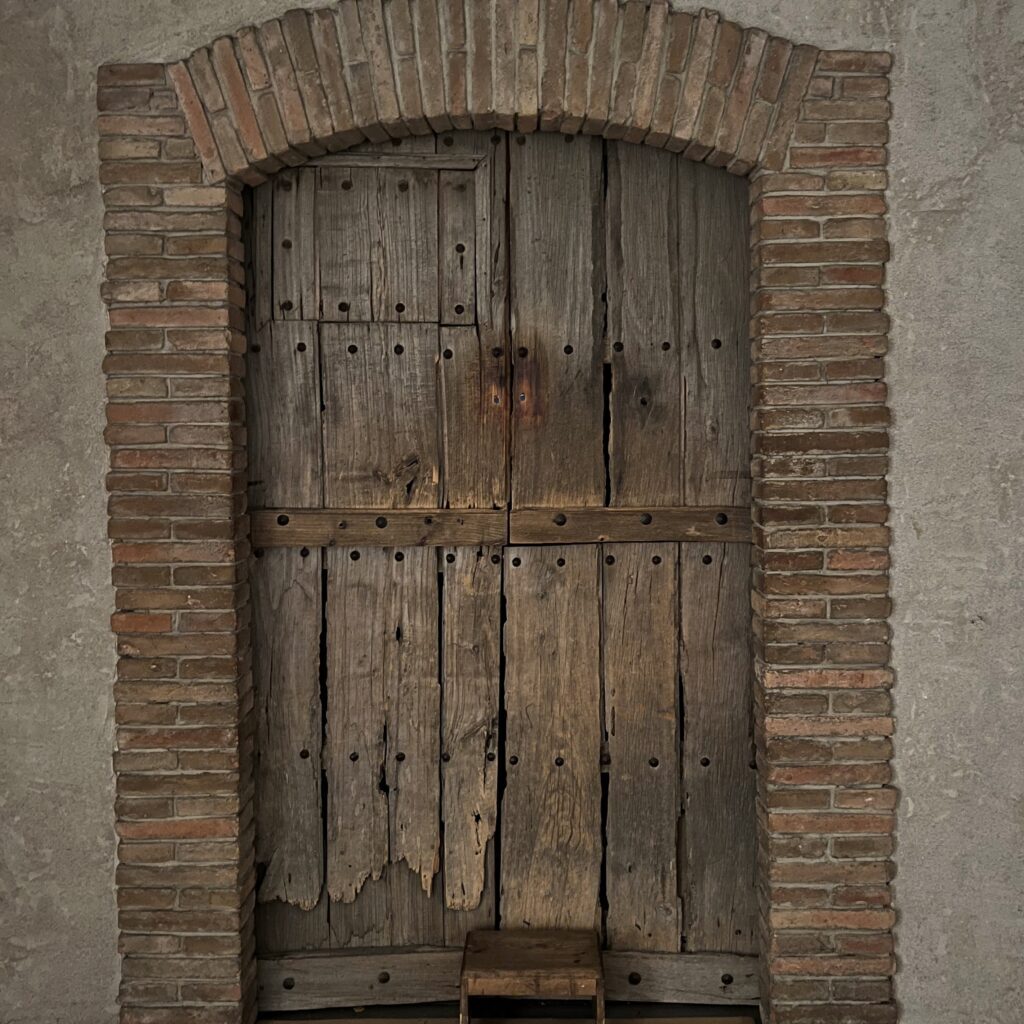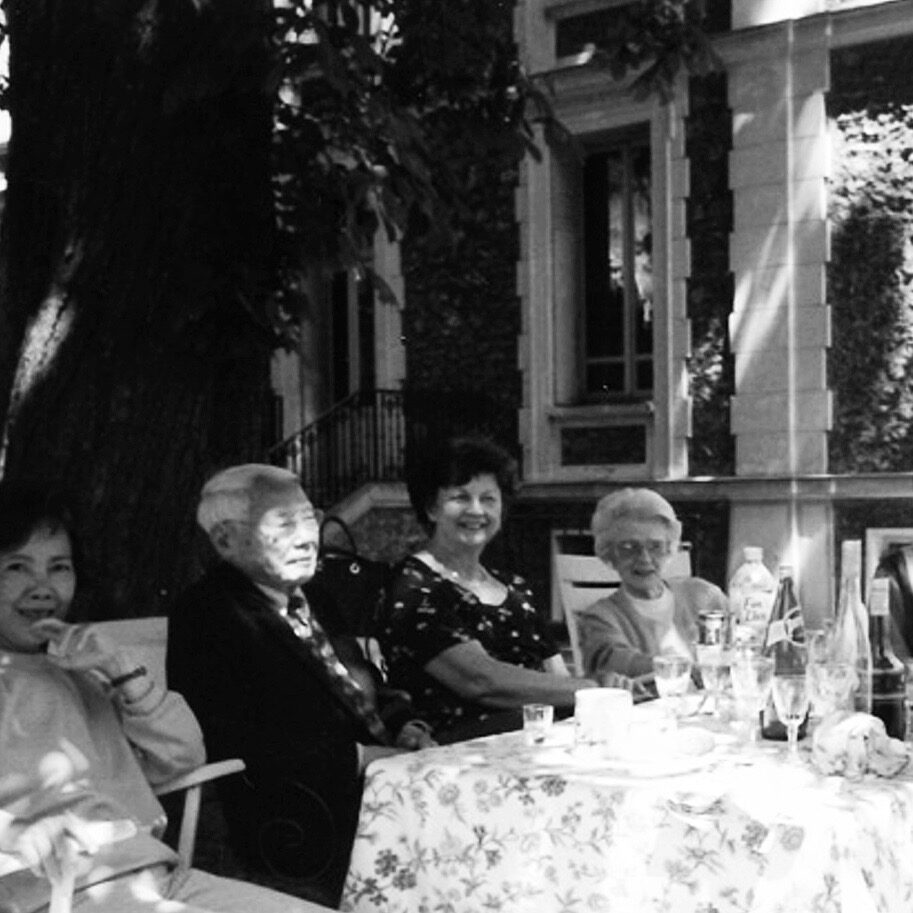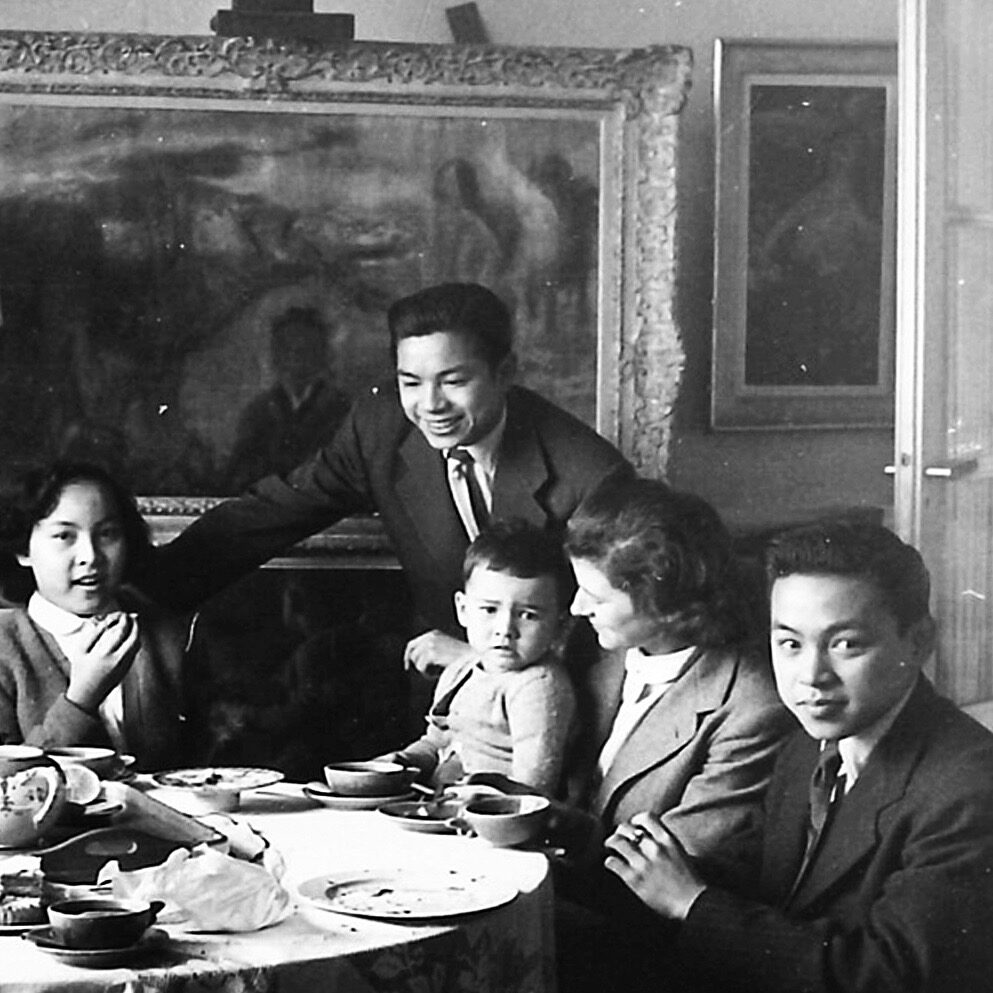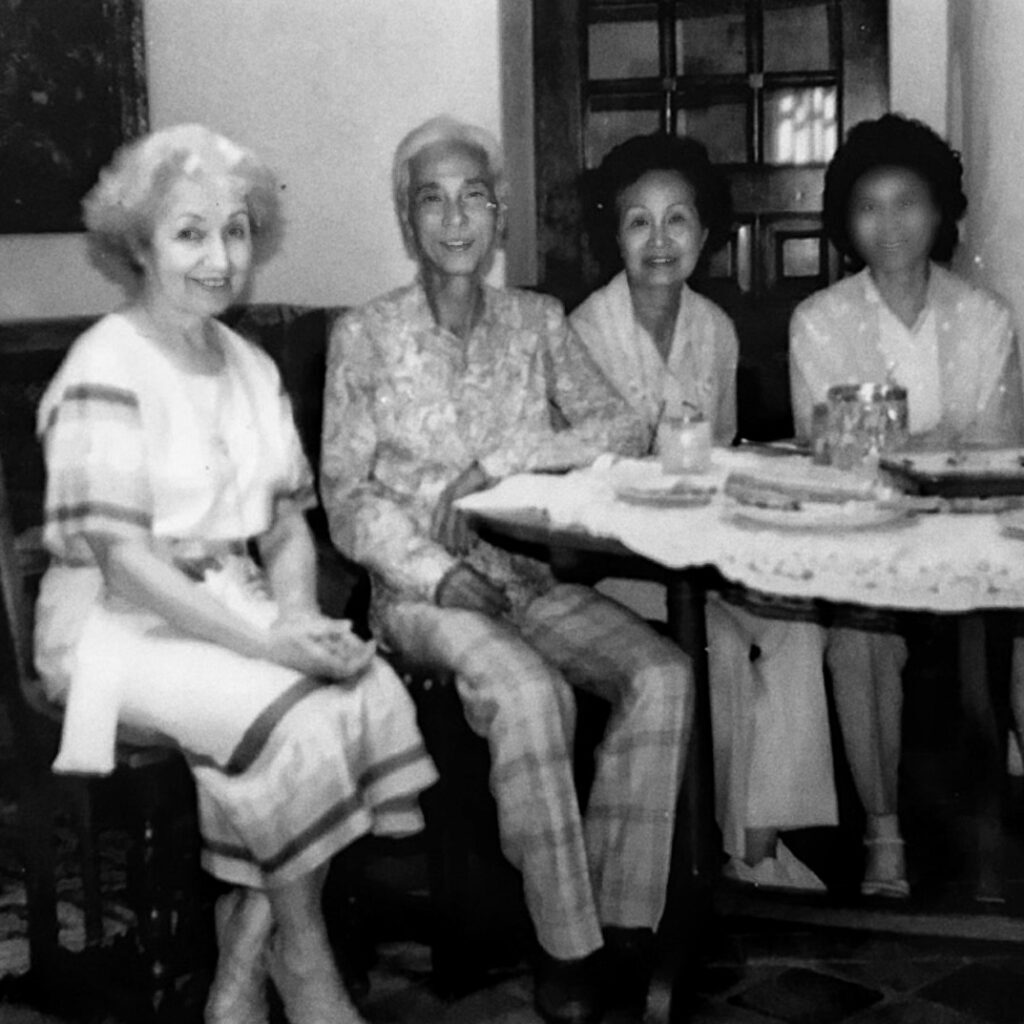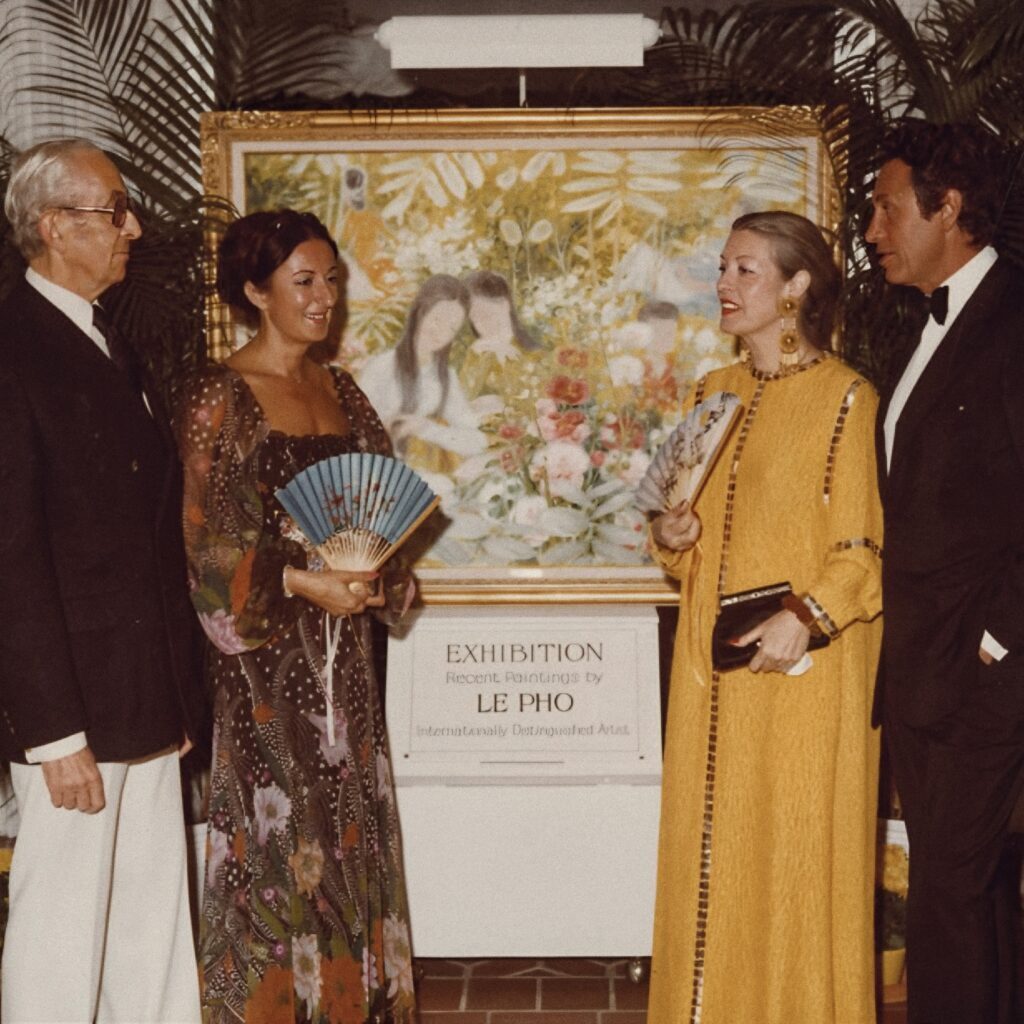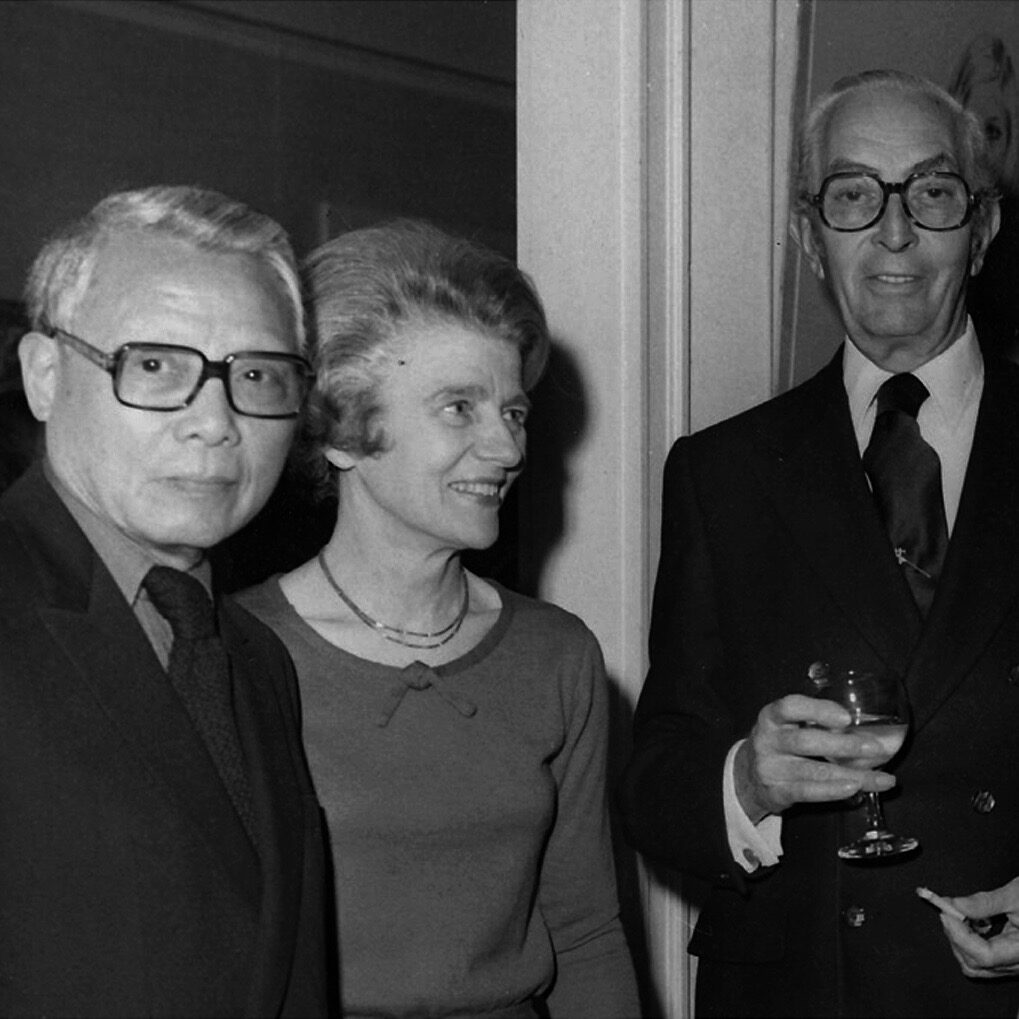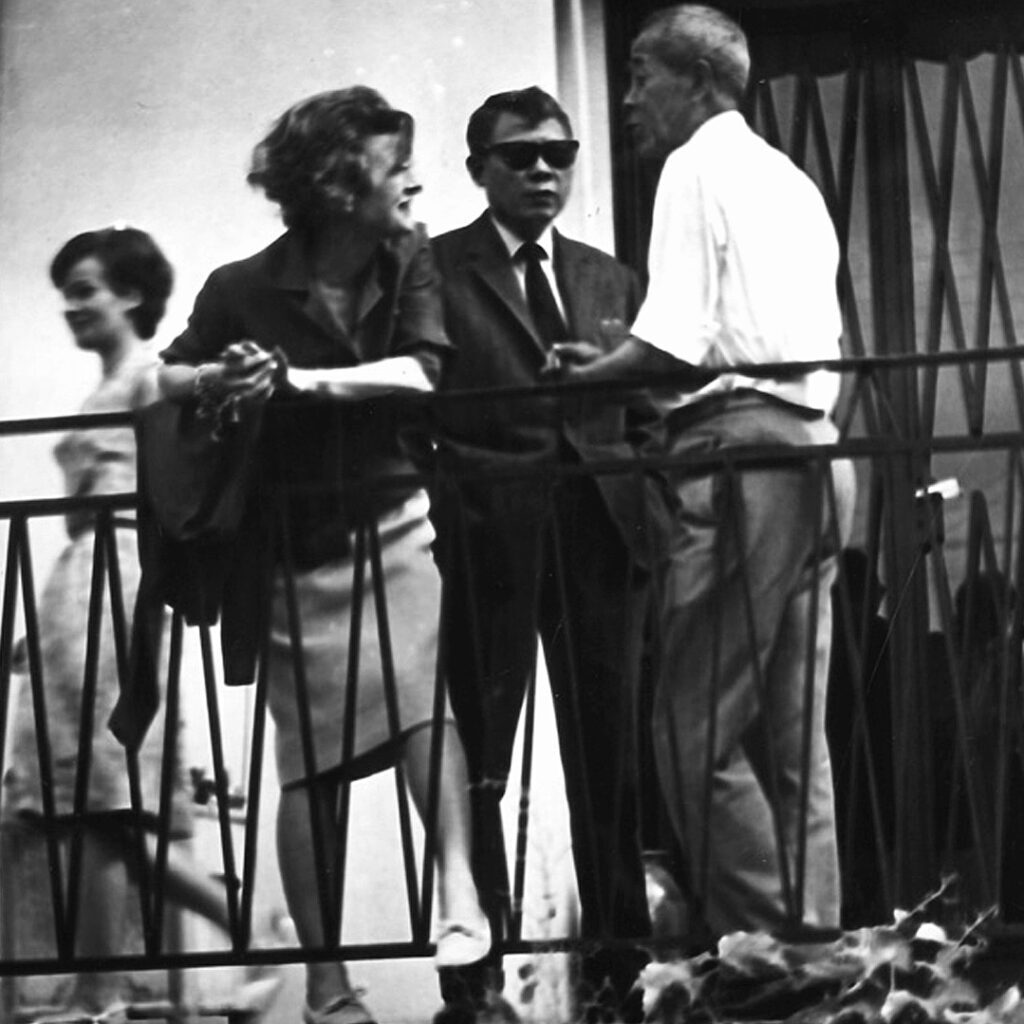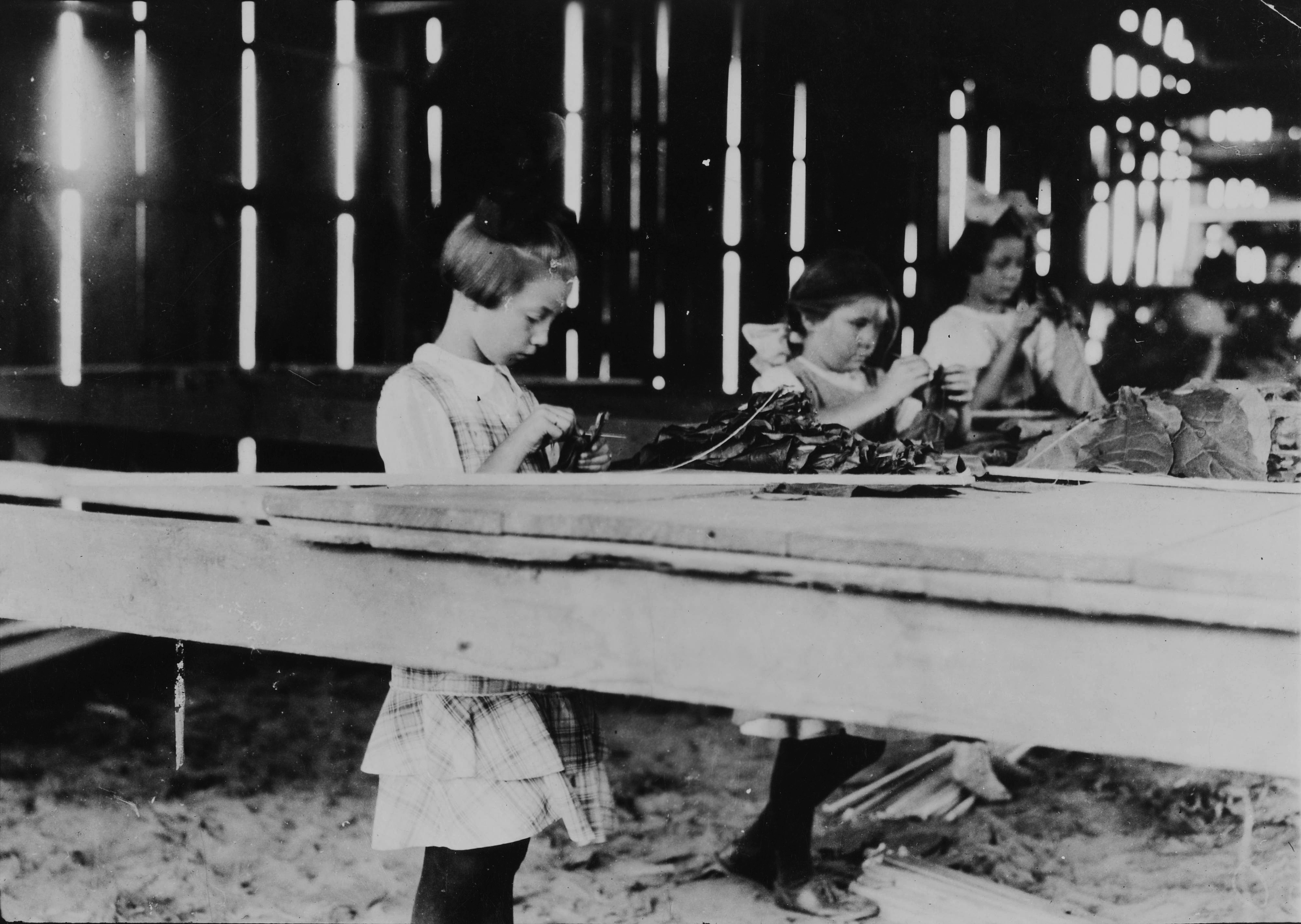
Lewis Wickes Hine (America, 1874–1940)
Interior of tobacco shed, Hawthorn Farm. Girls in the foreground are 8, 9, and 10 years old. The 10-year-old makes 50 cents a day. 12 workers on this farm are 8 to 14 years old, and about 15 are over 15 years in Hazardville, Connecticut
9 August 1917
Collection of Musée d’Orsay, Paris, France
In the United States at the beginning of the 20th century, over 2 million children under the age of ten were exploited by unscrupulous employers. Child labor was denounced by intellectuals and artists such as Lewis W. Hine, a sociologist and photographer.
For four years, Hine began capturing the dignity of immigrants arriving from all over Europe at Ellis Island in New York harbor. He drew inspiration from the portraits of the Italian Renaissance to sanctify his subjects and combat the rise of xenophobia. From 1908 onwards, he investigated on behalf of the National Committee on Child Labor, created four years earlier, becoming its official photographer until 1924. In Hazardville, Connecticut, he shot a series of incognito photographs in an insalubrious tobacco factory, where little girls aged between eight and ten stood to remove leaves from tables too high for them, for less than 50 cents a day. Using photography first and foremost as a documentary and political tool, he aims to "show what needs to be corrected" through his lectures, projections and leaflets. In the end, his investigation succeeded in bringing about a reform of federal labor legislation.

